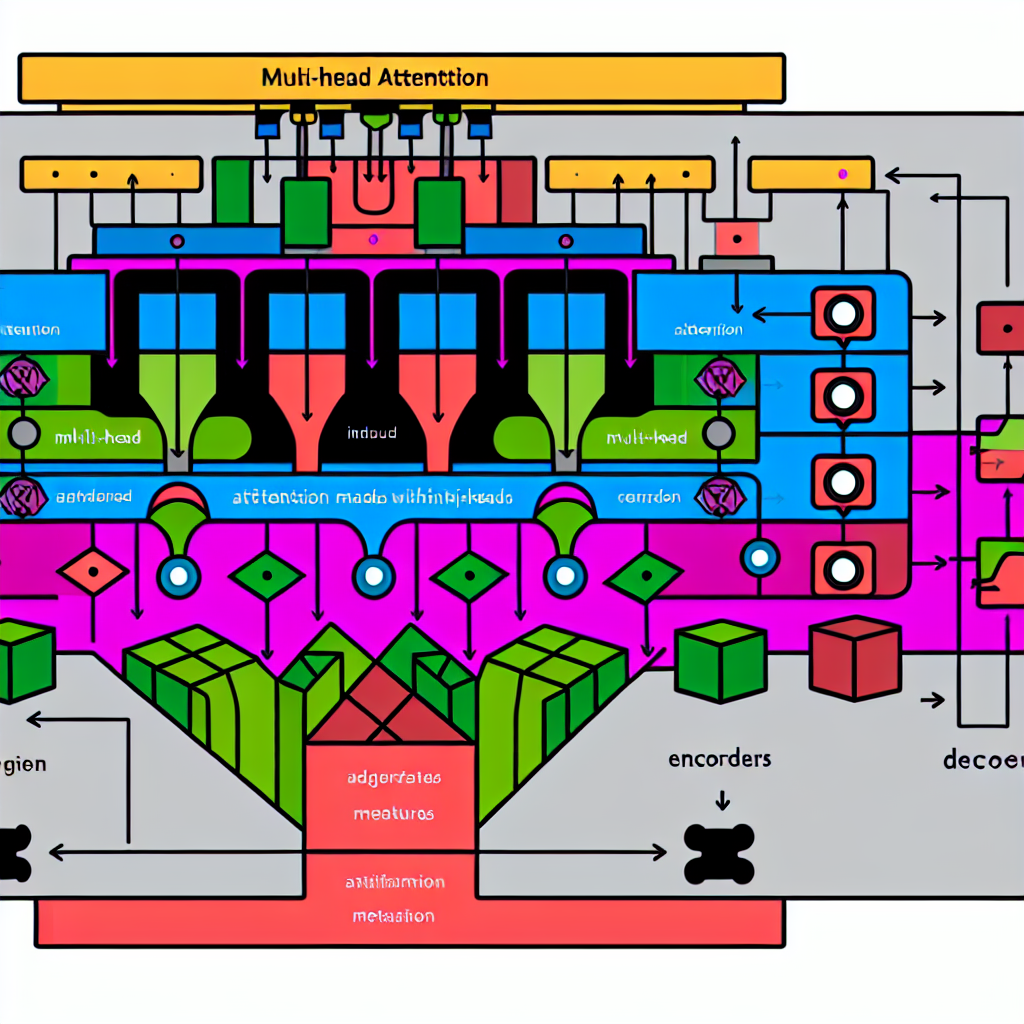Advanced Multimodal AI: Essential Insights and Trends for 2025
In the rapidly evolving landscape of artificial intelligence, multimodal AI is garnering significant attention. As technology advances, the necessity for efficient integration of GenAI images and GenAI audio into AI models has never been greater. Understanding and leveraging these tools can propel innovation and solve real-world challenges, from creating personalized customer experiences to improving healthcare diagnostics. This article dives deep into the mechanics of multimodal AI, provides clear examples of its applications, and explores the future trends that AI professionals and enthusiasts need to know.
Understanding Multimodal AI
Multimodal AI refers to systems capable of processing and integrating multiple types of data, such as text, images, and audio. This capability allows for a more nuanced interpretation of complex information. The integration is facilitated by advanced machine learning frameworks, notably transformers and neural networks, which are adept at understanding diverse data forms.
Applications in GenAI Images
GenAI images leverage AI algorithms to create visuals that are indistinguishably realistic. This technology is revolutionizing industries like entertainment and marketing, where visual content is paramount. AI can manipulate pixel-level data to generate new, high-quality images from existing datasets, significantly cutting down time and cost while enhancing creative flexibility.
Applications in GenAI Audio
In parallel, GenAI audio transforms how sound is produced and manipulated. By analyzing audio data comprehensively, AI systems can generate realistic speech, music, and sound effects which are vital for immersive experiences in gaming and virtual reality. Furthermore, AI-driven audio generation can aid accessibility, providing enhanced tools for individuals with disabilities.
Emerging Trends in Multimodal AI
Looking ahead, multimodal AI shows promise in refining natural language processing and enhancing human-computer interactions. We expect to see hybrid models that unite vision, speech, and textual understanding, offering revolutionary applications in robotics and autonomous systems. Additionally, ethical AI considerations will grow, as it’s essential to develop frameworks that ensure AI systems are transparent and fair.
Real-World Examples
A noteworthy example of multimodal AI in action is Google’s DeepMind, which combines various data forms to advance healthcare diagnostics. Similarly, Adobe’s AI tools empower designers by integrating text descriptions with image generation, streamlining the creative process. These examples underscore how multimodal AI is not only innovative but practical, addressing specific sector needs.
Final Thoughts
Multimodal AI represents a breakthrough in diverse data form integration. As industries adopt these technologies, they transform how information is processed and applied, improving both efficiency and innovation. Staying informed on these trends is crucial for professionals in the AI and data science fields. Explore more about AI and data science on GenAI Blogs, and consider subscribing to receive the latest updates on digital advancements.
FAQs
What is multimodal AI?
Multimodal AI is a type of artificial intelligence that processes and integrates multiple kinds of data inputs, such as text, visual, and audio data, to provide a more comprehensive understanding.
How does GenAI enhance multimedia content?
GenAI enhances multimedia content by generating visually realistic images and producing high-quality audio content from data, customizing and improving user experience across various applications.
What are the challenges of multimodal AI?
Major challenges include managing the complexity of integrating diverse data forms, maintaining data consistency, and addressing ethical concerns such as privacy and bias.



